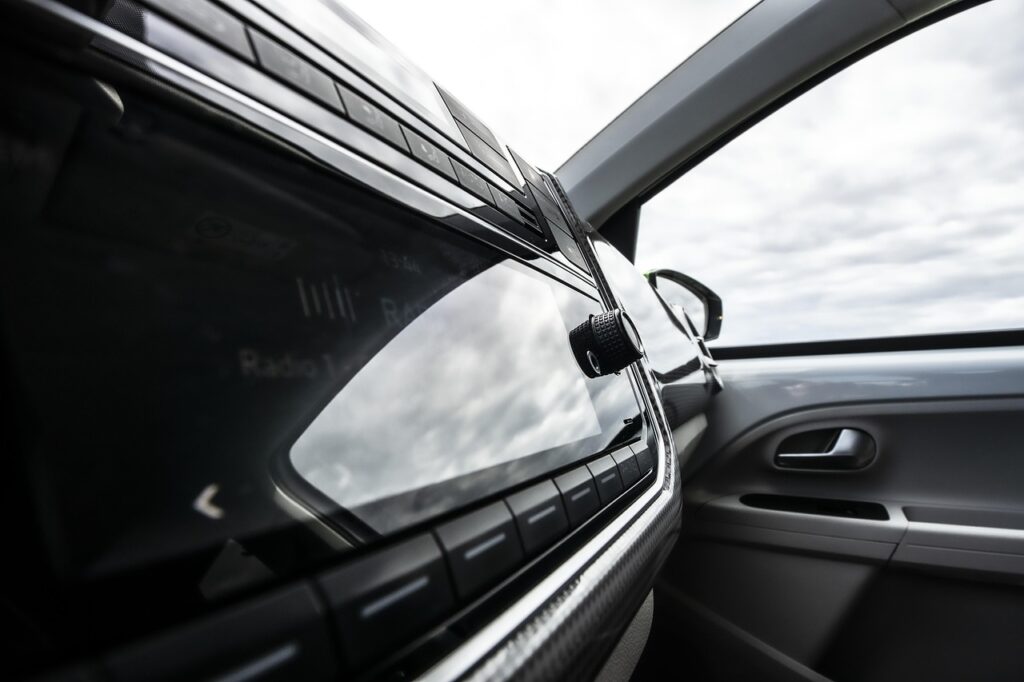
Modern vehicles are technological marvels, packed with an astonishing array of features designed to enhance comfort, convenience, and safety. From sophisticated infotainment systems to advanced driver-assistance programs, the sheer volume of innovation is truly impressive. Automakers are constantly pushing boundaries, promising a future where our cars do more than just get us from A to B; they anticipate our needs, entertain us, and even protect us from ourselves.
Yet, for all this cutting-edge wizardry, a curious paradox exists on our roads: many of these high-tech additions, which significantly boost a car’s sticker price, often go largely unused. Studies consistently reveal that drivers, after the initial novelty wears off, either forget about these features, find them cumbersome, or simply prefer traditional methods. This raises a crucial question for every car buyer: are you truly getting your money’s worth from every bell and whistle, or are you inadvertently overpaying for “dead weight”?
As seasoned automotive enthusiasts and experts, we’ve observed this trend firsthand. The allure of a fully loaded spec sheet is undeniable, but smart buying starts with discerning what genuinely improves your driving experience versus what merely adds flash without substance. In this comprehensive breakdown, we’ll dive deep into 14 such features, starting with a close examination of seven common culprits that drivers often pay for but rarely engage with after the showroom floor. Prepare to rethink your must-have list and discover how to avoid common tech traps.

1. **Gesture Controls**
Gesture controls, allowing drivers to manipulate infotainment functions with a simple wave of a hand, once epitomized the futuristic vision of in-car technology. The concept promised an intuitive, touch-free interaction, reducing the need to glance at screens or fumble with buttons. It sounded incredibly cool on paper, a true hallmark of luxury and innovation, suggesting a seamless integration of human-machine interface.
In practice, however, the reality has often fallen short of the promise. Many users quickly discover that these systems can be unreliable and unintuitive, struggling to consistently register or interpret specific movements. A J.D. Power study even identified gesture systems as among the most ignored features, often going untouched within the first months of ownership. This early abandonment highlights a significant user experience gap that manufacturers are still striving to close.
Drivers frequently report that simple touchscreens or physical buttons perform tasks like adjusting volume or skipping tracks much faster and with greater accuracy. The learning curve for specific gestures can be steep, demanding a level of memorization that most drivers simply aren’t willing to commit to for everyday functions. Ultimately, what was envisioned as an effortless control method often morphs into a finicky gimmick, overshadowed by more conventional and dependable inputs. If your vehicle offers this, we strongly recommend a thorough test before committing additional funds.
Read more about: 12 New Cars Named ‘Best Buys’ for 2025: An Expert Guide for Savvy Shoppers
2. **In-Vehicle Concierge or Marketplace**
Imagine booking a hotel, ordering food, or even reserving a gas station directly from your dashboard—that’s the vision behind in-vehicle concierge services and integrated marketplaces. Often touted by luxury brands, these systems leverage your car’s connectivity to bring a suite of convenient services right into the cabin. The idea is to streamline tasks typically handled by a smartphone, enhancing the sense of a premium, connected driving experience.
Despite their ambitious scope, a 2015 J.D. Power study revealed a striking statistic: approximately 43% of owners never actually used these services. For many, the perception is that these features feel more like gimmicks than genuine utility. The setup process can be complicated, and the services themselves often overlap significantly with functions already readily available and more familiar through personal smartphones.
The ubiquity of smartphones means that most drivers already have a powerful, versatile device in their pocket capable of performing these tasks with greater ease and familiarity. Why navigate a car’s interface for something you can do effortlessly on your phone? Unless you’re a frequent traveler who genuinely struggles with on-the-go booking without a handheld device, or need specialized assistance, these in-car marketplaces tend to become one of those “seldom-used car features” that contribute to the price tag without delivering commensurate value in daily use.

3. **Automatic or Self-Parking Systems**
The promise of automatic parking systems is undeniably enticing: effortlessly glide into tight parallel or perpendicular spots with the car handling the steering, braking, and even acceleration. For many, parallel parking is a source of anxiety, and the idea of a car performing this maneuver flawlessly is a dream come true, offering a significant reduction in parking stress and potential fender benders.
However, the reality for a substantial number of drivers is quite different. Despite advanced capabilities, such as Toyota’s IPAS, which can mitigate collisions by taking over steering, about 35% of owners actively avoided using these systems. A more recent AAA study further illustrated this skepticism, showing that only a quarter of drivers truly trusted self-parking systems, even when these systems demonstrably outperformed manual parking. The human element of control remains a powerful preference for many.
The technology, while futuristic, often requires drivers to maintain a level of oversight and intervention that diminishes its perceived “automatic” nature. Furthermore, some systems can be slow and less efficient than an experienced driver, especially in challenging urban environments. If parallel parking isn’t a consistent “nemesis” for you, or if you simply enjoy the act of driving and parking, then this feature, despite its impressive engineering, may not justify the additional cost. Its inclusion adds to repair complexity if sensors are damaged, further adding to long-term ownership expenses.
Read more about: The Unbridled Twelve: 1970s Muscle Cars That Still Reign Supreme for Today’s True Enthusiasts
4. **Head-Up Displays (HUDs)**
Head-Up Displays (HUDs) represent another leap towards a more focused driving experience, projecting vital information directly onto the windshield within the driver’s line of sight. This includes speed, navigation directions, and crucial alerts, all designed to minimize the time eyes spend looking away from the road. The goal is to enhance safety and convenience by keeping essential data easily accessible without diverting attention to the instrument cluster.
Yet, despite this clear benefit, over 33% of vehicle owners never activate their HUDs. One of the primary reasons cited is that without proper training or an optimal setup, the projected information can become more distracting than helpful. The display might feel out of place, or the brightness and positioning might not suit all drivers, leading to visual clutter rather than clarity. The learning curve for effectively interpreting the displayed information can also be a barrier to regular use.
Another common complaint is that the HUD often feels redundant when the instrument cluster provides the same information in a familiar, well-established format. For many drivers, the traditional dashboard is perfectly adequate, making the HUD an additional, rather than a superior, display. Unless you consistently find yourself needing to multitask behind the wheel and desire an absolute minimum of eye movement, HUDs might fall into the category of “seldom-used car features” you’re paying for but rarely engaging with, making them an unnecessary expense for your driving habits.
Read more about: Wired for the Road Ahead: Unpacking the Smart Cockpit Revolution and Its Impact on Driving
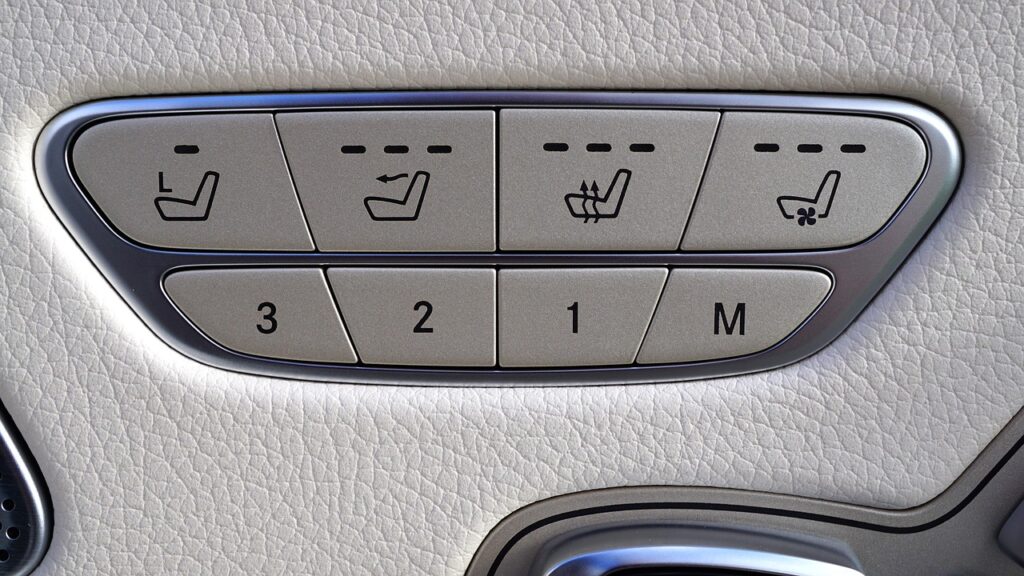
5. **Subscription Features Like Remote Start or Heated Seats**
The landscape of car features is rapidly evolving, with automakers increasingly adopting a subscription model for what were once standard or one-time purchase options. Features like remote start, heated seats, or even adaptive cruise control are now sometimes tied to monthly or annual fees after an initial trial period. This shift is designed to generate recurring revenue, but it often catches buyers off guard, as many are unaware when these features will deactivate.
The utility of these subscription-based features is highly dependent on individual driving habits and environmental factors. For instance, heated seats, while a godsend in colder climates, may go entirely unused in warmer regions, making a subscription for them an unnecessary drain on finances. Similarly, adaptive cruise control, while beneficial for long highway commutes, isn’t a feature all motorists use consistently, especially those primarily driving in urban stop-and-go traffic.
While individual subscription costs may seem low, they accumulate significantly over time, turning what felt like a minor add-on into a substantial long-term expense. This model demands a careful assessment from buyers: will you truly use these features consistently enough to justify an ongoing payment? The passive nature of these charges means you could be paying for convenience or comfort you rarely, if ever, utilize, highlighting a critical area where buyers need to be acutely aware of what they’re committing to beyond the initial sticker price.

6. **Built-in Navigation Systems**
For decades, built-in GPS navigation systems were the pinnacle of automotive technology, offering turn-by-turn directions and mapping capabilities seamlessly integrated into the dashboard. These systems often added a significant premium to the vehicle’s cost, promising convenience and a sophisticated, integrated experience. The idea of having dedicated mapping without relying on external devices was highly appealing to many early adopters.
However, the rapid advancement of smartphone technology has dramatically shifted this landscape. Modern phone-based navigation apps like Google Maps and Waze offer a superior experience in many crucial aspects. They are more accurate, benefit from frequent, real-time updates for traffic and road conditions, and crucially, do not require costly software updates typically associated with dealership visits for built-in systems. A reliable phone mount and a good data plan now present a far more flexible and cost-effective solution for most drivers.
The main drawback of many factory-installed navigation units is their tendency to become outdated within a few years, rendering them less useful than their smartphone counterparts. The expense of updating these systems can be substantial, making the initial investment questionable in the long run. Unless there’s a specific, compelling reason to avoid smartphone integration, or you frequently drive in areas with no cellular service, investing in a quality smartphone and its free, constantly updated apps is a much smarter and more flexible choice, rendering the built-in system an expensive, seldom-used relic.
Read more about: Steer Clear: 12 SUVs That Will Drain Your Wallet with Costly Maintenance and Reliability Nightmares
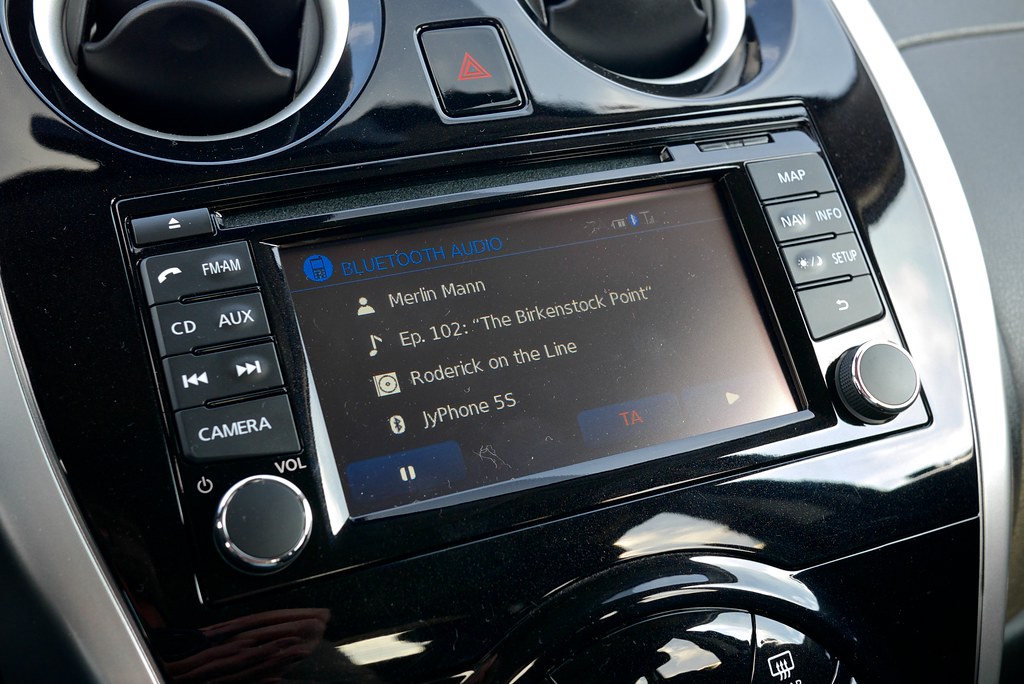
7. **Oversized Touchscreens**
The trend towards massive infotainment screens dominating modern car dashboards is undeniable. These expansive displays look futuristic, often becoming the centerpiece of a vehicle’s interior, offering an impressive visual impact and promising a tablet-like user experience. They are designed to consolidate numerous controls and display a wealth of information, from navigation to climate settings, all in one visually striking interface.
While aesthetically pleasing and seemingly convenient, oversized touchscreens present several practical drawbacks that often outweigh their perceived benefits. One major concern is driver distraction; navigating complex menus or making precise selections on a large screen can demand more attention from the road than traditional physical buttons. Furthermore, some large screens are prone to glare issues, making them difficult to read in bright sunlight, directly undermining their primary function.
Beyond the immediate operational concerns, there’s a significant financial risk. Should these massive, integrated touchscreens malfunction or become damaged, their replacement cost can be extraordinarily high, often running into thousands of dollars. A well-designed, standard-sized screen that offers seamless smartphone integration (like Apple CarPlay or Android Auto) often provides all the necessary functionality without the added distraction, glare issues, or exorbitant replacement costs. Opting for a modestly sized screen with essential functions is often a smarter, more practical, and financially sound investment.
Navigating the complexities of modern vehicle technology extends beyond just avoiding superfluous add-ons. The automotive landscape is also dotted with features that, while potentially beneficial, are either misunderstood, actively disabled by drivers, or simply overlooked despite offering genuine advantages. Our journey continues, unmasking seven more such features that, when properly understood and utilized, can significantly enhance safety, convenience, and even the economic efficiency of your daily drive.
Read more about: Navigating the Price Tag: 9 Car Tech Features That Add $5000 (But You Can Smartly Skip) for Savvy Buyers
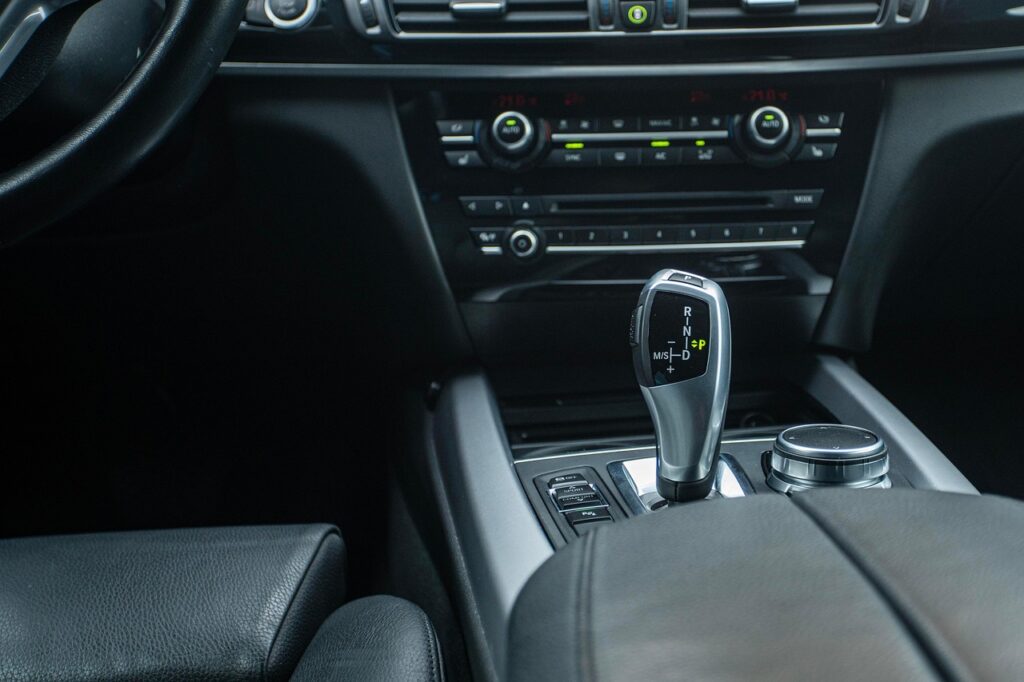
8. **Lane Keep Assist**
Lane Keep Assist, a cornerstone of modern Advanced Driver-Assistance Systems (ADAS), is engineered to be a vigilant co-pilot, gently correcting your steering if the vehicle begins to drift out of its lane without an intentional signal. This system utilizes cameras to detect lane markings, providing subtle steering inputs designed to keep the car centered and prevent some of the most common and deadliest crash types: run-off-road and lane-departure collisions. Its potential for reducing severe accidents is significant, with international studies indicating a notable reduction in crash rates.
Despite its clear safety benefits, Lane Keep Assist is, perhaps surprisingly, the most frequently disabled ADAS feature, with nearly 45% of drivers admitting they have switched it off. The primary reason cited by many is its intrusive nature; the sensation of the steering wheel “tugging” or “nudging” against a driver’s hands can feel disconcerting. This often leads to a perception of the system being overly sensitive or too subtle, making drivers prefer to maintain full, unassisted control over their lane positioning.
Furthermore, issues can arise on winding roads, in construction zones, or where lane markings are faded or poorly defined. In these scenarios, the system might issue frequent warnings or attempt corrections that feel unnecessary or even incorrect, leading to frustration. Testing by the Australasian New Car Assessment Program has even highlighted instances where some vehicles deliver abrupt or jerky steering inputs, making drivers feel less in control, which erodes trust. While most modern cars will reactivate Lane Keep Assist upon restart, this recurring override becomes a habit for many.
Ultimately, while the feature is a robust safety net designed to prevent serious incidents, its implementation and the driver’s perception of control are critical. For optimal safety, it is imperative that drivers understand its functionality and limitations, rather than dismissing it outright. Learning to work with, rather than against, this technology can genuinely contribute to safer motoring.
Read more about: Unpacking Autonomy: A Consumer’s Guide to Leading Self-Driving Systems
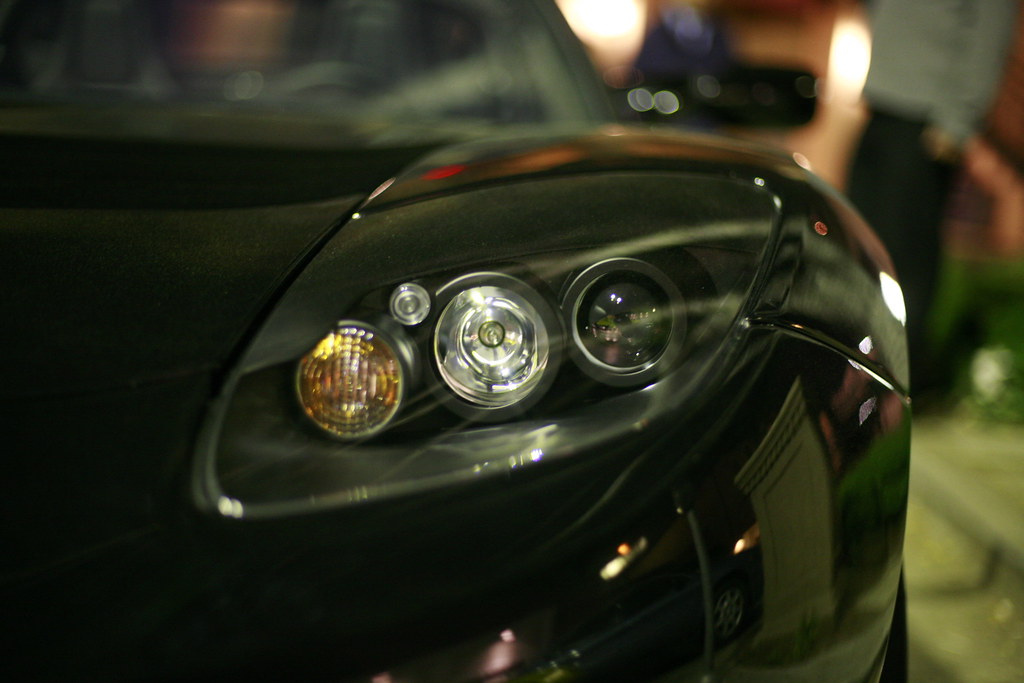
9. **Automatic High-Beam Headlights**
Automatic high-beam headlights are designed to enhance nighttime visibility by automatically switching between high and low beams based on oncoming traffic and ambient light conditions. The system’s goal is to provide maximum illumination without the driver needing to constantly flick the stalk, thereby reducing eye strain and improving safety during dark drives. This hands-free operation sounds like a welcome convenience for anyone who regularly drives on poorly lit roads.
However, many drivers find that this feature doesn’t always adjust quickly enough to real-world conditions. There are frequent complaints that the system can be slow to dip the high beams for oncoming vehicles or for cars ahead, potentially blinding other motorists. Conversely, some systems struggle with consistently detecting oncoming traffic, leading to erratic performance that frustrates drivers who then feel compelled to intervene manually.
The core issue often boils down to a matter of control and trust. Drivers inherently prefer to have direct command over their vehicle’s lighting, particularly when it impacts the safety and comfort of others on the road. The perceived unreliability of automatic high beams, even if infrequent, makes many opt for the predictable consistency of manual control. Consequently, the added cost associated with this feature often struggles to justify its benefits for a significant portion of the driving population.
For those who prioritize absolute control or find themselves frequently annoyed by the system’s occasional missteps, the automatic high-beam feature can become another one of those advanced technologies that, despite its good intentions, sees little to no regular use. A reliable set of traditional high beams, coupled with attentive driving, remains the preferred and more trustworthy solution for many.
Read more about: Mastering the Night Drive: Essential Strategies for Comfortably Navigating Bright Headlights

10. **In-Car Hotspots and Connected Services**
The modern connected car often includes built-in Wi-Fi hotspots, vehicle health apps, and remote diagnostics, usually bundled under connected platforms like OnStar or AcuraLink. These services promise a wealth of conveniences, from enabling passengers to stream content on the go to offering vital information about your car’s performance and even alerting emergency services in a crash. The vision is a fully integrated digital ecosystem within your vehicle.
Yet, despite their broad utility, many owners tend to ignore these tools or cancel their subscriptions after the initial trial periods expire. A survey highlighted in our context indicated that over a third of owners never use these services, which often come with recurring monthly or annual fees. The primary competitor? The smartphone in every passenger’s pocket.
The ubiquity and flexibility of smartphone tethering often make dedicated in-car hotspots redundant. Most users find it cheaper and far more convenient to simply use their existing phone’s data plan to create a Wi-Fi hotspot for other devices. The cost of a separate subscription for a car hotspot, especially when smartphone data plans are increasingly generous, often doesn’t make financial sense. Unless there’s a specific need for dedicated, always-on coverage or sophisticated remote vehicle access features that can’t be replicated, these connected services frequently become an expensive, seldom-used car feature.
The allure of constant connectivity is strong, but for many, the practical applications of built-in services don’t outweigh the additional costs and the simpler alternatives already at hand. Buyers should carefully evaluate whether these connected features truly add value to their specific driving and lifestyle needs before committing to the ongoing expense.
Read more about: No More Guesswork: Unmasking 10 Critical Car Hacking Threats and Smart Strategies to Stay Secure on the Road

11. **Child Safety Lock Override**
For parents driving with children in the back seats, the thought of a little one accidentally unlocking a door or attempting to exit the vehicle prematurely is a genuine concern. Fortunately, many modern cars come equipped with a simple yet incredibly effective feature: the child safety lock override. This ingenious function allows the driver to disable the rear door locks directly, preventing children from being able to open the doors from the inside, even if they manipulate the interior handle.
This feature is a prime example of a practical, safety-oriented control that often goes completely unnoticed by drivers. It’s not a flashy button on the dashboard but typically a small switch or lever located on the edge of the rear doors, only accessible when the door is open. Its discreet placement contributes to its oversight, yet its impact on passenger safety, especially with curious or restless young passengers, is profound.
Understanding and activating this lock provides immense peace of mind, transforming potentially hazardous situations into controlled environments. It ensures that children remain securely inside the vehicle until it’s safe to exit and an adult is present to open their door. This seemingly minor feature underscores how some of the most valuable automotive innovations are not necessarily high-tech marvels, but rather simple, robust solutions to everyday safety challenges.
For any parent or caregiver, knowing about and utilizing the child safety lock override is an absolute must. A quick check of your vehicle’s rear doors or owner’s manual can unveil this critical, often overlooked, layer of protection, making your family journeys significantly safer and less stressful.
Read more about: NHTSA Intensifies Scrutiny of Tesla: Unpacking Safety Concerns from Faulty Door Handles to Advanced Driver-Assistance Systems

12. **Adaptive Headlights**
Beyond simply providing illumination, adaptive headlights represent a significant leap forward in active safety and nighttime visibility. Unlike traditional headlights that maintain a fixed beam direction, adaptive headlights are designed to swivel in conjunction with the steering wheel. This dynamic movement ensures that the light beam follows the curve of the road as you turn, rather than merely pointing straight ahead.
The benefit of this technology is immediate and tangible: enhanced visibility around corners and bends. As you navigate a curve, the headlights effectively “look” into the turn, illuminating the path you are about to take, rather than just the area directly in front of the car. This preemptive lighting helps drivers spot potential hazards—such as wildlife, pedestrians, or debris—sooner, providing crucial extra seconds for reaction.
Despite this clear advantage in improving safety during night driving, adaptive headlights often fall into the category of features drivers don’t even realize their car possesses. The system operates seamlessly and automatically, meaning there’s no button to press or setting to activate. This passive operation, while convenient, means many drivers simply experience the improved visibility without attributing it to this specific, advanced feature.
For those who frequently drive on winding roads or in rural areas after dark, adaptive headlights are far from a gimmick. They are a valuable safety enhancement that actively contributes to a more secure and confident driving experience. It’s worth checking your vehicle’s specifications to see if you’ve been inadvertently enjoying this advanced technology all along.
Read more about: The True Cost of Elegance: 10 Luxury Cars That Deliver Joy or Drain Your Wallet on Maintenance
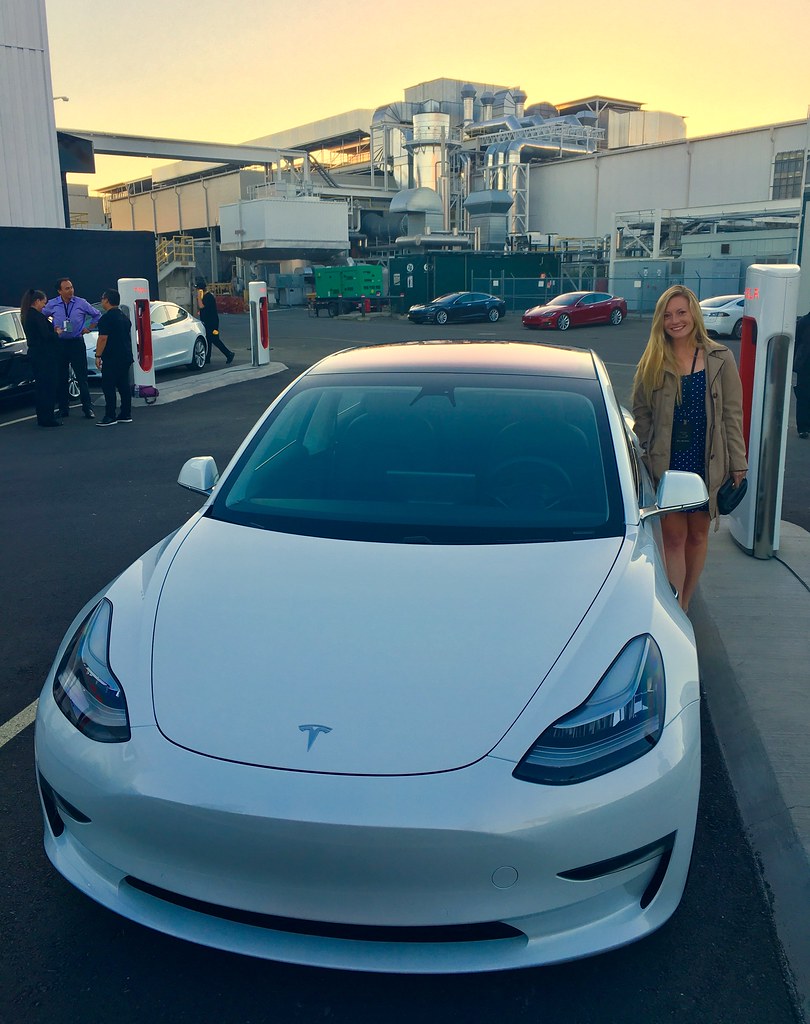
13. **Car Wash Mode (Tesla Specific)**
For owners of Tesla vehicles, a feature designed purely for maintenance, the “Car Wash Mode,” is an innovative convenience that, if overlooked, can lead to costly damage. Introduced in a 2021 software update, this mode specifically prepares a Tesla for both automatic and manual washes by safely securing various vehicle systems. It’s a critical pre-wash routine, particularly for a brand known for its advanced, sensitive electronics and automated functions.
When activated via the touchscreen menu, Car Wash Mode performs several essential actions: it closes all windows, locks the charge port to prevent water ingress, and crucially, disables automatic windshield wipers, Sentry Mode, walk-away door locking, and parking sensor chimes. Additionally, it offers a “Free Roll” option, which is indispensable for conveyor-belt car washes, allowing the car to coast without engaging the brakes, preventing the car from falling off the track or upsetting the conveyor system.
Ignoring this feature can lead to a range of undesirable outcomes, from minor annoyances to significant damage. Tesla drivers have shared anecdotes ranging from automatic wipers engaging unnecessarily, to doors attempting to lock and unlock, or even more critically, the car falling off a track because it wasn’t properly in neutral. The sensitivity of Tesla’s systems demands this specific preparation to prevent water damage to sensors, accidental activation of features, or structural issues within an automated wash.
While initially rolled out for Model 3 and Model Y, this feature has since been added to updated Model S and Model X versions, and is built into the Cybertruck. For Tesla owners, knowing and utilizing Car Wash Mode isn’t just a recommendation; it’s a necessary step to ensure the longevity and proper functioning of their cutting-edge vehicle, safeguarding against potentially embarrassing and expensive mistakes.
Car Model Information: 2022 Tesla Model 3 Long Range
NativeName: nobold
NativeNameLang: sr
Alt: Head-and-shoulder photograph of a slender man with dark hair and moustache, dark suit and white-collar shirt
Caption: [object Object]
BirthDate: [object Object]
BirthPlace: Smiljan, Croatia
DeathDate: [object Object]
DeathPlace: New York City
RestingPlace: Nikola Tesla Museum
Citizenship: ubl
AlmaMater: Graz University of Technology
Occupation: Engineer,futurist,inventor
Awards: ubil
Discipline: ubl
SignificantDesign: Induction motor
SignificantProjects: Wireless power transfer
SignificantAdvance: Polyphase system
Signature: Nikola Tesla signature 1900.svg
Categories: 1856 births, 1943 deaths, 19th-century American engineers, 19th-century Serbian engineers, 20th-century American engineers
Summary: Nikola Tesla (10 July 1856 – 7 January 1943) was a Serbian-American engineer, futurist, and inventor. He is known for his contributions to the design of the modern alternating current (AC) electricity supply system.
Born and raised in the Austrian Empire, Tesla first studied engineering and physics in the 1870s without receiving a degree. He then gained practical experience in the early 1880s working in telephony and at Continental Edison in the new electric power industry. In 1884, he immigrated to the United States, where he became a naturalized citizen. He worked for a short time at the Edison Machine Works in New York City before he struck out on his own. With the help of partners to finance and market his ideas, Tesla set up laboratories and companies in New York to develop a range of electrical and mechanical devices. His AC induction motor and related polyphase AC patents, licensed by Westinghouse Electric in 1888, earned him a considerable amount of money and became the cornerstone of the polyphase system, which that company eventually marketed.
Attempting to develop inventions he could patent and market, Tesla conducted a range of experiments with mechanical oscillators/generators, electrical discharge tubes, and early X-ray imaging. He also built a wirelessly controlled boat, one of the first ever exhibited. Tesla became well known as an inventor and demonstrated his achievements to celebrities and wealthy patrons at his lab, and was noted for his showmanship at public lectures. Throughout the 1890s, Tesla pursued his ideas for wireless lighting and worldwide wireless electric power distribution in his high-voltage, high-frequency power experiments in New York and Colorado Springs. In 1893, he made pronouncements on the possibility of wireless communication with his devices. Tesla tried to put these ideas to practical use in his unfinished Wardenclyffe Tower project, an intercontinental wireless communication and power transmitter, but ran out of funding before he could complete it.
After Wardenclyffe, Tesla experimented with a series of inventions in the 1910s and 1920s with varying degrees of success. Having spent most of his money, Tesla lived in a series of New York hotels, leaving behind unpaid bills. He died in New York City in January 1943. Tesla’s work fell into relative obscurity following his death, until 1960, when the General Conference on Weights and Measures named the International System of Units (SI) measurement of magnetic flux density the tesla in his honor. There has been a resurgence in popular interest in Tesla since the 1990s. Time magazine included Tesla in their “100 Most Significant Figures in History” list.
Get more information about: Nikola Tesla
Buying a high-performing used car >>>
Brand: Tesla Model: Tesla
Price: $23,999 Mileage: 53,775 mi.
14. **Eco Mode**
As drivers become increasingly conscious of fuel consumption and environmental impact, features like Eco Mode are gaining prominence, yet many still fail to harness their full potential. Eco Mode, available in a wide array of modern vehicles, is a function designed to prioritize efficiency over performance. It achieves this by subtly adjusting several key vehicle parameters, primarily altering throttle response and optimizing gear change points in automatic transmissions to favor less aggressive acceleration and lower RPMs.
Furthermore, Eco Mode often plays a role in managing auxiliary systems, such as reducing the power consumption of the air conditioning system. By easing the load on the engine from these power-hungry components, the vehicle’s overall energy demand is lowered. Rebecca Pullan, a motoring expert, emphasizes that by doing so, Eco Mode can significantly help drivers “get more miles from each tank or charge for those with EVs,” directly translating to savings on fuel costs.
While the immediate sensation might be a slightly slower acceleration or a less responsive feel, this deliberate trade-off is precisely what yields greater fuel economy. It encourages a smoother, more measured driving style that inherently conserves energy, particularly beneficial in mixed driving conditions and not just limited to highway cruising. For electric vehicles, this mode is critical in preserving battery range, directly impacting the practical usability of the vehicle for longer journeys.
For any driver looking to optimize their vehicle’s operational costs and reduce their carbon footprint, engaging Eco Mode regularly is a simple yet effective strategy. It transforms your driving experience from one focused on immediate power to one centered on long-term efficiency, proving that sometimes, the most overlooked buttons are indeed worth pressing for substantial financial and environmental benefits.
**Making Your Investment Work for You**
As we’ve explored, the modern automobile is a fascinating blend of engineering prowess and innovative technology, yet a significant portion of its capabilities often goes untapped. From sophisticated safety aids that drivers surprisingly disable to subtle conveniences and efficiency-boosting modes that simply go unnoticed, there’s a clear disconnect between what cars offer and what owners actually use. Your vehicle is a substantial investment, and understanding every facet of its functionality is key to maximizing its value.
Read more about: Unpacking the SUV Safety Debate: What Families Need to Know Beyond the Marketing Hype
It’s not about embracing every single bell and whistle, but rather discerning which features truly align with your driving habits, enhance your safety, or contribute to your peace of mind and wallet. Whether it’s actively utilizing child safety locks, letting adaptive headlights guide you through the dark, or consciously engaging Eco Mode for better fuel economy, a little exploration can unlock a richer, safer, and more cost-effective driving experience. So, take a moment, delve into your owner’s manual, or simply experiment with those hidden buttons – you might be surprised by what your car can truly do for you. Don’t let valuable features become mere “dead weight”; instead, transform them into indispensable assets that serve you well on every journey.

